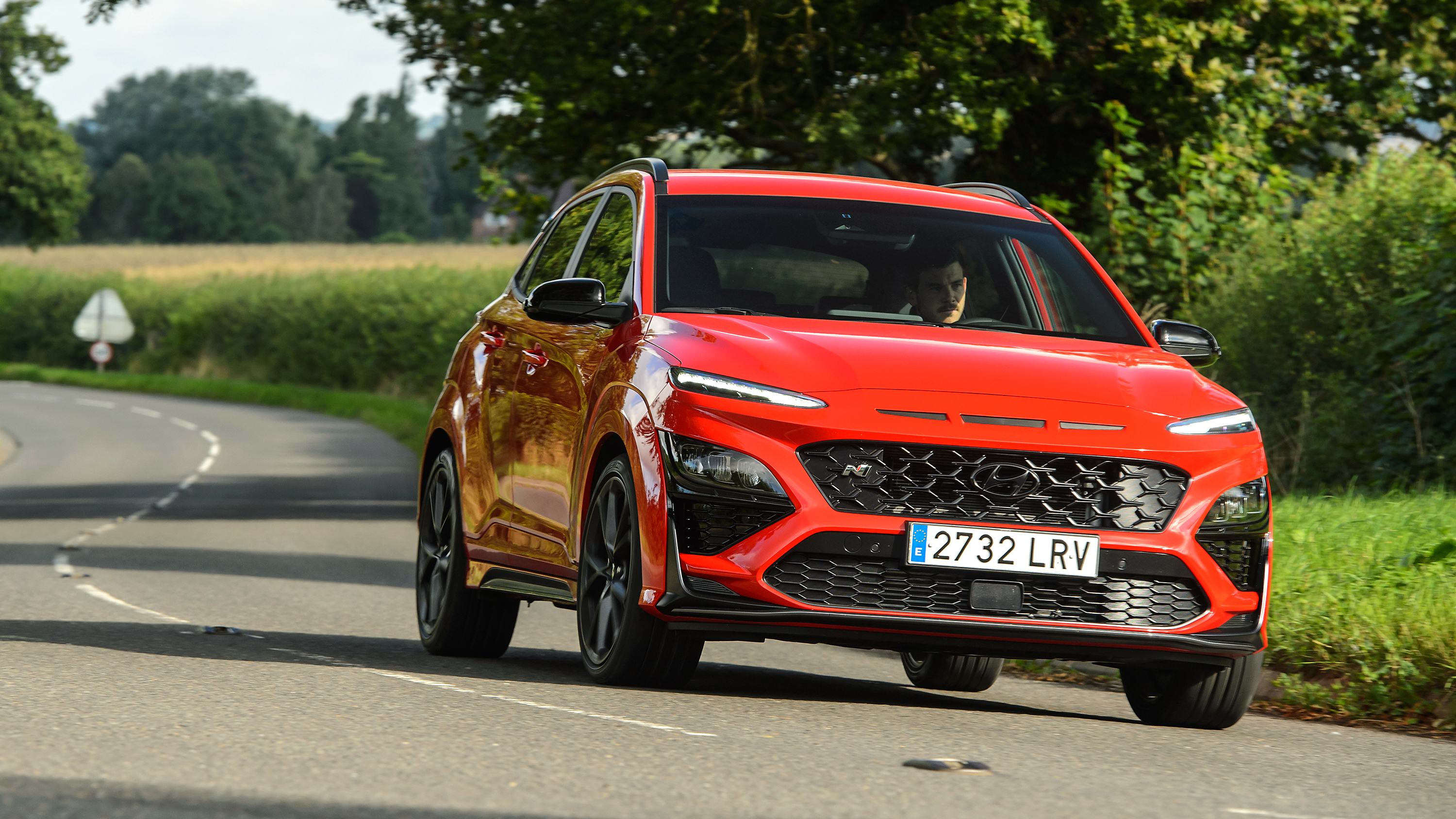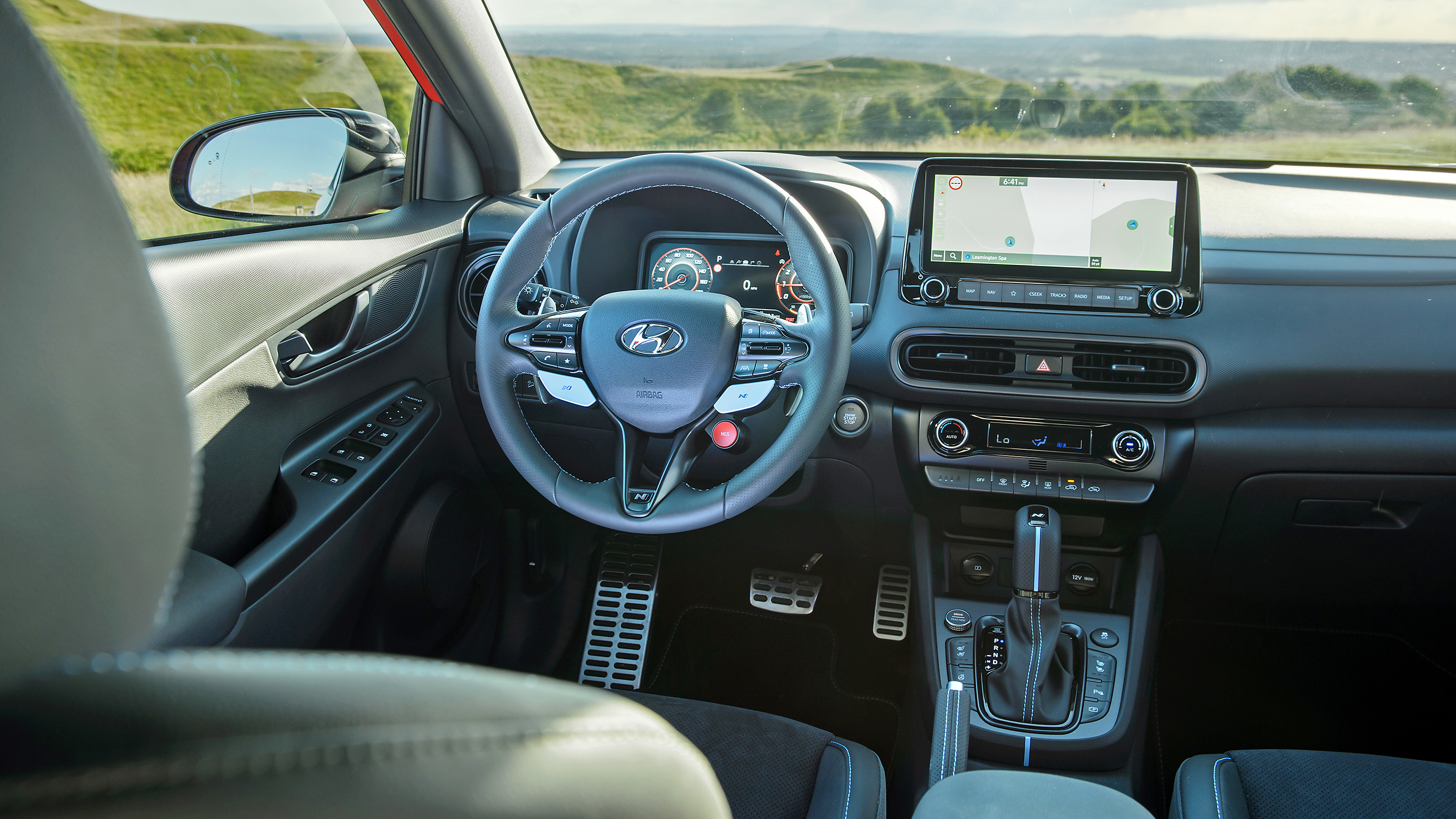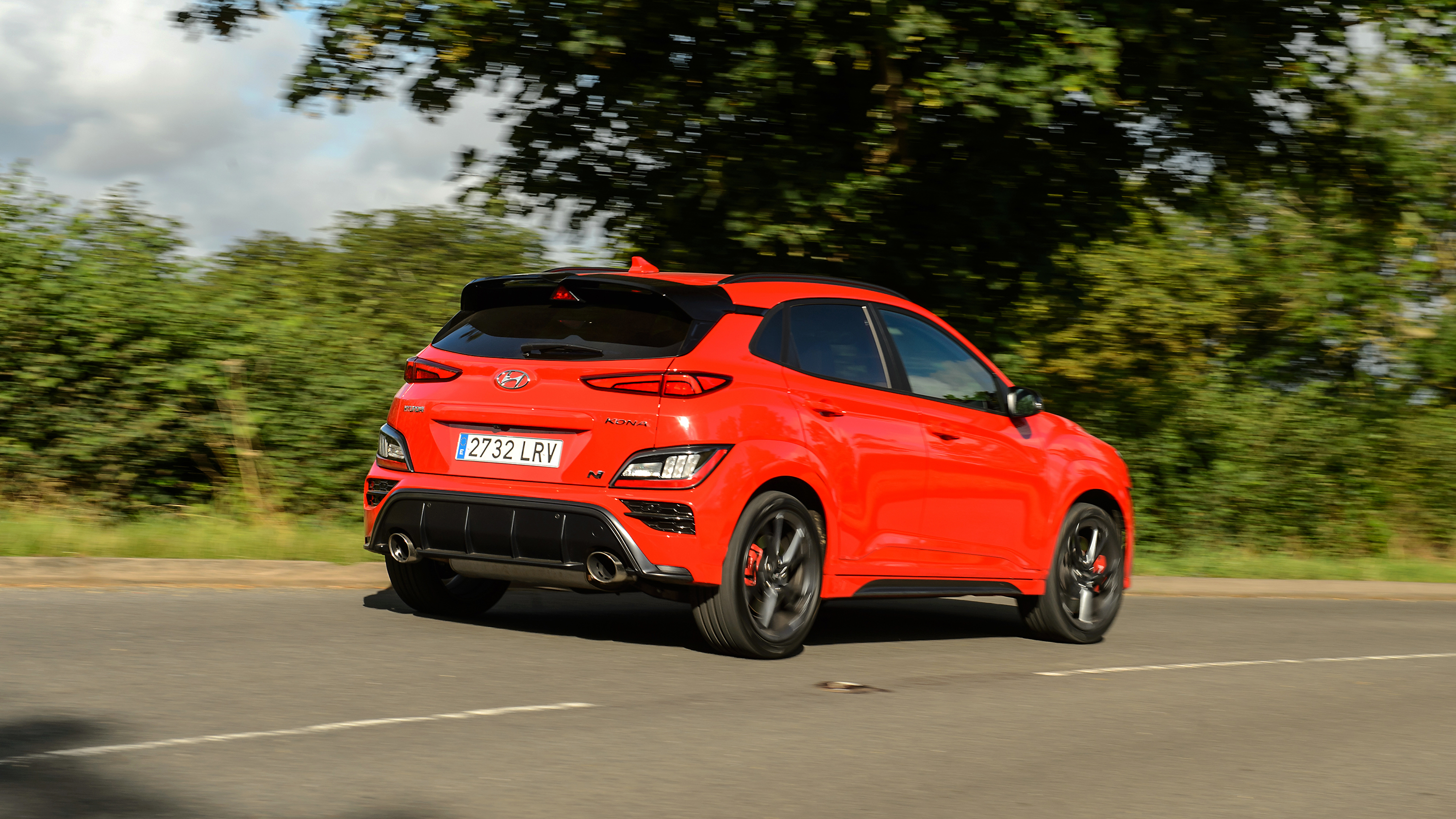
Interior
What is it like on the inside?
There are digital dials where the i30N’s have remained joyously analogue. But at least Hyundai has fully leant into the infinite world of possibilities they open up rather than just recreating a traditional tachometer and speedometer display as your only real option (ahem, BMW).
So a chintzy display of flames runs around the rev counter as you start up and the head-up display looks fully gamified when you’ve prodded the car into one of its gnarlier driving modes, with horizontal revs and a quirky gear display. Handy when you’ve eight to choose from and an engine so torquey, you might have a few more downchanges to make into a corner than you anticipated.
You just have to engage with – and enjoy – the silliness. The same ‘warning’ beep that signifies icy roads or low tyre pressures also alerts you to S-bend signs with a suggestion of N mode if you’re mooching around with the car in something more docile. In the i20N hot hatch that feels hooligan enough; in something with an automatic gearbox, family friendly proportions and hill-descent control, it’s more rambunctious still. Just go with it.
More practical stuff, please.
You get a pair of big hugging sports seats, and in front of them is a nicely laid out interior, offering the perfect blend of digital and physical touch points. So the nav, media and drive mode screens are all swiftly navigated on touchscreen, while physical climate controls sit below and there’s a big circular ESC off button right near the pleasingly normal gear selector and manual handbrake. Many of those three things are increasingly rare in anything performance-oriented these days, never mind a small SUV with its PE kit on.
There’s plentiful room in the back and 361 litres of luggage space seats up, or 1,143 with them folded – just like any other Kona. The perks of staying front-wheel drive continue.
Featured

Trending this week
- Car Review
BMW 1 Series
- Top Gear's Top 9
Nine dreadful bits of 'homeware' made by carmakers






